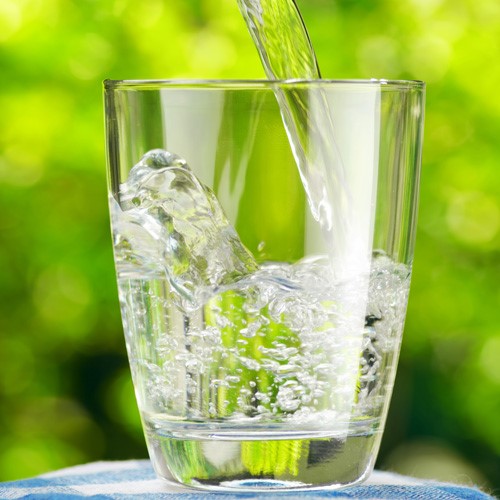
Treating water contaminated with heavy metals
Engineers have developed a new approach to removing Lead or other heavy-metal contaminants from water.
Ultimately, it might be used to treat Lead-contaminated water supplies at the home level, or to treat contaminated water from some chemical or industrial processes.
The biggest challenge in trying to remove Lead is that it is generally present in such tiny concentrations, vastly exceeded by other elements or compounds.
For example, Sodium is typically present in drinking water at a concentration of tens of parts per million, whereas Lead can be highly toxic at just a few parts per billion.
Most existing processes, such as reverse osmosis or distillation, remove everything at once. This not only takes much more energy than would be needed for a selective removal, but it's counterproductive since small amounts of elements such as Sodium and Magnesium are actually essential for healthy drinking water.
The new approach is to use a process called shock electrodialysis, in which an electric field is used to produce a shockwave inside a pipe carrying the contaminated water.
The shockwave separates the liquid into two streams, selectively pulling certain electrically charged atoms, or ions, toward one side of the flow by tuning the properties of the shockwave to match the target ions, while leaving a stream of relatively pure water on the other side. The stream containing the concentrated Lead ions can then be easily separated out using a mechanical barrier in the pipe.
In principle, "this makes the process much cheaper, because the electrical energy that you're putting in to do the separation is really going after the high-value target, which is the Lead. You're not wasting a lot of energy removing the Sodium.
The process still has its limitations, as it has only been demonstrated at small laboratory scale and at quite slow flow rates. Scaling up the process to make it practical for in-home use will require few years research, and larger-scale industrial uses will take even longer.
 English
English Arabic
Arabic


